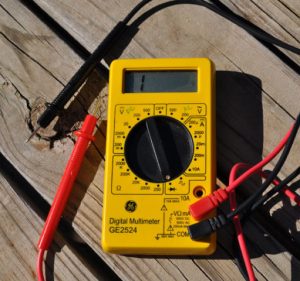Electric Flow in Business
Electric Flow in Business
What is Electrical Continuity Testing?
Electrical continuity testing measures the flow of electric current through a circuit, checking for resistance or blockages. In electrical systems, an uninterrupted flow ensures that everything works as it should.
How Do Business Silos Work?
Business silos are isolated teams or departments within an organisation, where information rarely crosses the silo’s boundary. These divisions can cause hiccups in communication, stifle collaboration, and hinder overall performance. If a business must have silos (at least, for the present) might it not be useful to understand and regularly monitor the flow between different silos?
Can Electrical Continuity Testing Apply to Business Silos?
Applying the principles of electrical continuity testing to business silos can offer unique insights. Just as you’d test for impedance or resistance in an electrical circuit, you could evaluate the flow of information, resources, or processes between silos. This involves looking for ‘resistance’—such as lack of communication or structural barriers—that might impede this flow.
How to Test for ‘Continuity’?
- Identify Key Metrics: Before you start, establish what constitutes good ‘flow’ within your organisation. Is it speed of information sharing, quality of cross-departmental projects, or perhaps employee satisfaction?
- Conduct Audits: Regularly examine how well different departments interact. Surveys, interviews, and process mapping can all serve as diagnostic tools.
- Implement a Reporting System: Create a real-time dashboard that displays these key metrics. This will help you monitor the flow continuously, just as you would in an electrical system.
- Action Plans: Upon discovering a ‘short-circuit’ or ‘resistance’, develop a plan to restore optimal flow. This could mean reorganising teams, offering training, or implementing new communication tools.
What Benefits Can You Expect?
- Enhanced Collaboration: Better flow of information fosters a collaborative atmosphere.
- Operational Efficiency: With barriers removed, processes become streamlined and agile.
- Increased Innovation: Free flow of ideas can spur innovation as teams from diverse backgrounds contribute to a collective goal.
Is This Approach Worth It?
While applying a technical concept like electrical continuity testing to organisational dynamics might seem unconventional, it offers a structured way to diagnose and resolve issues around siloed working. By focusing on flow and reducing resistance, you set the stage for a more efficient, collaborative, and innovative work environment.

